Students design, build and test their bridges
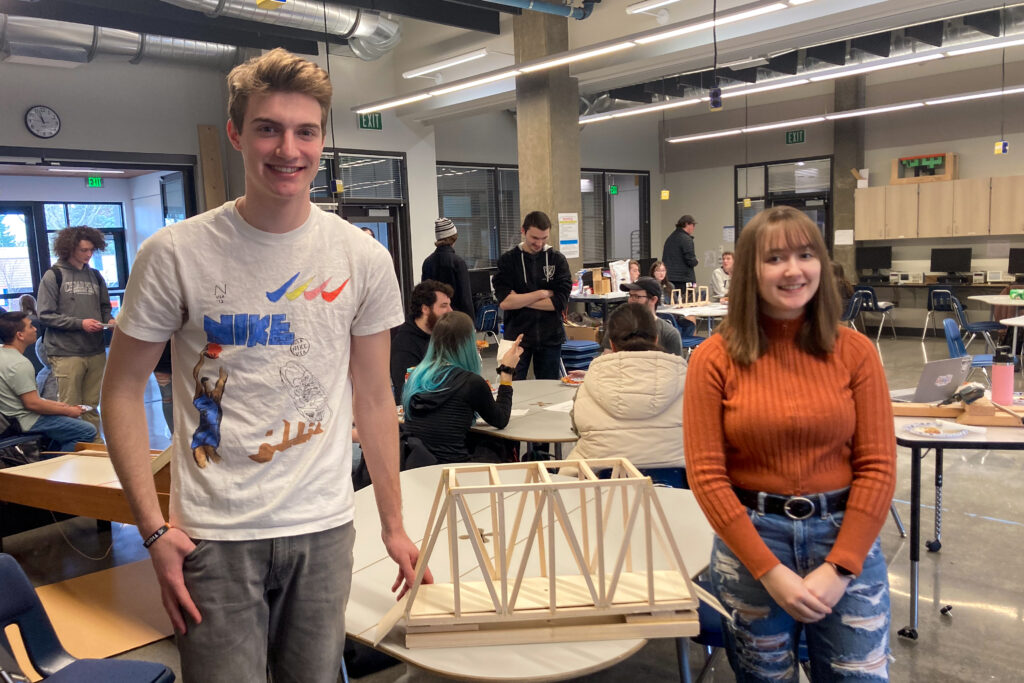
If you were tasked with designing a tabletop bridge model that could hold substantial weight and withstand a simulated earthquake, what lightweight, inexpensive, easily accessible materials would you choose?
Teams of student engineers crowded around tables in the collaboratorium in the STEM Building on March 12 for the winter term Engineering competition to present the bridges they had spent weeks perfecting.
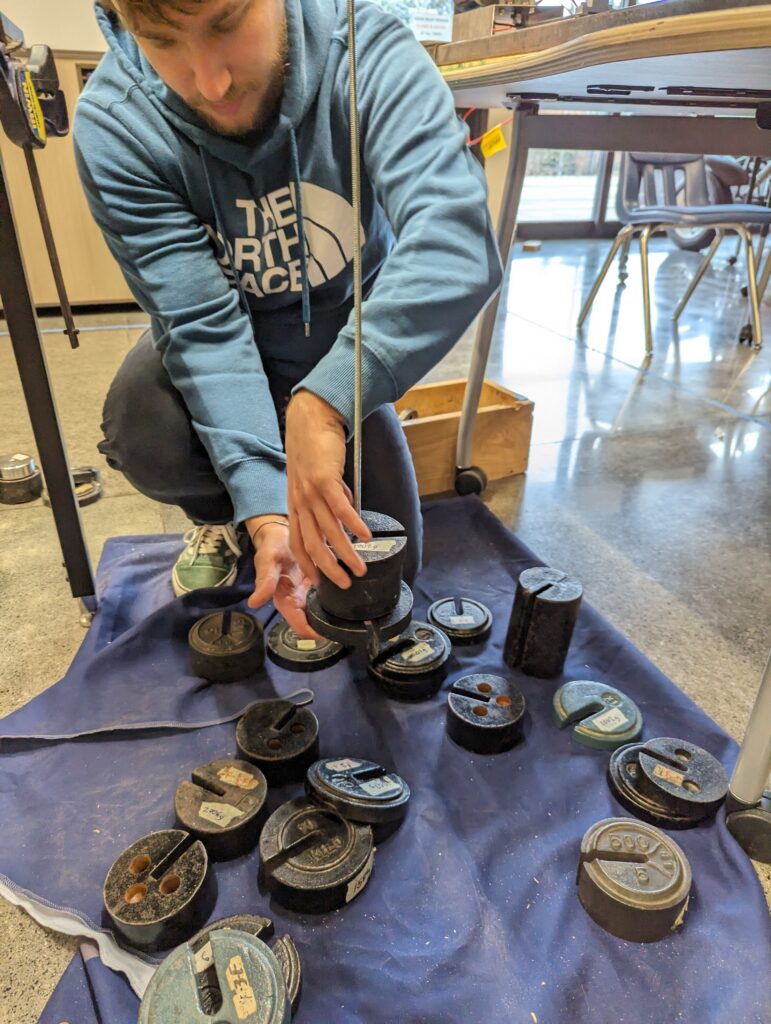
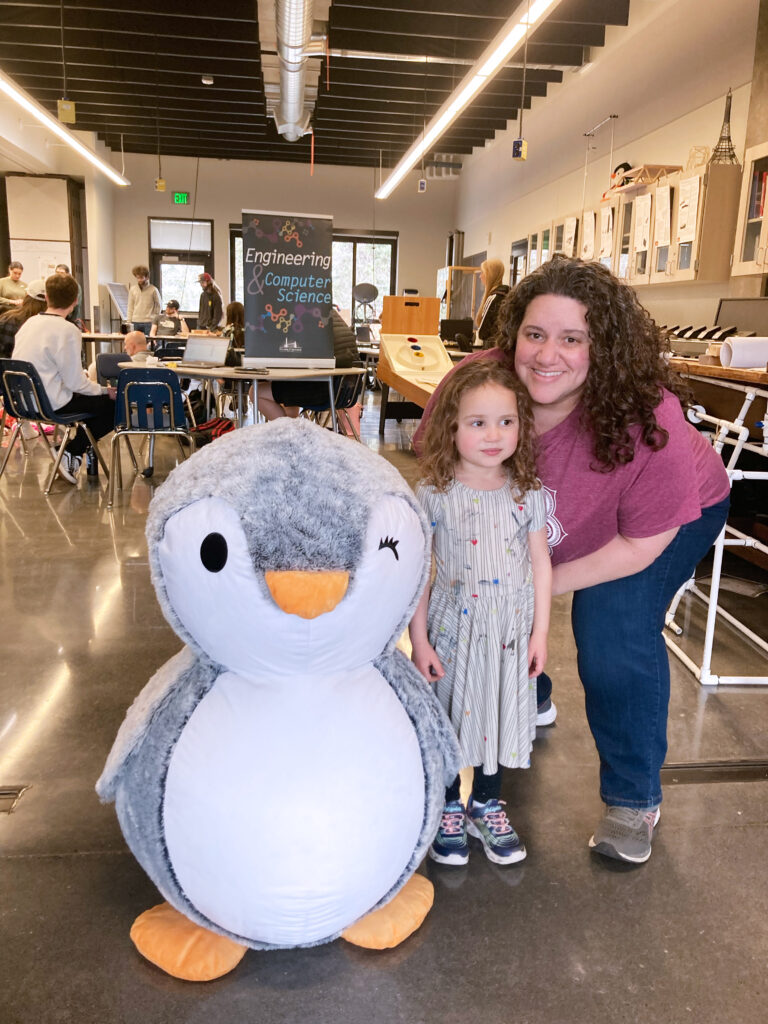
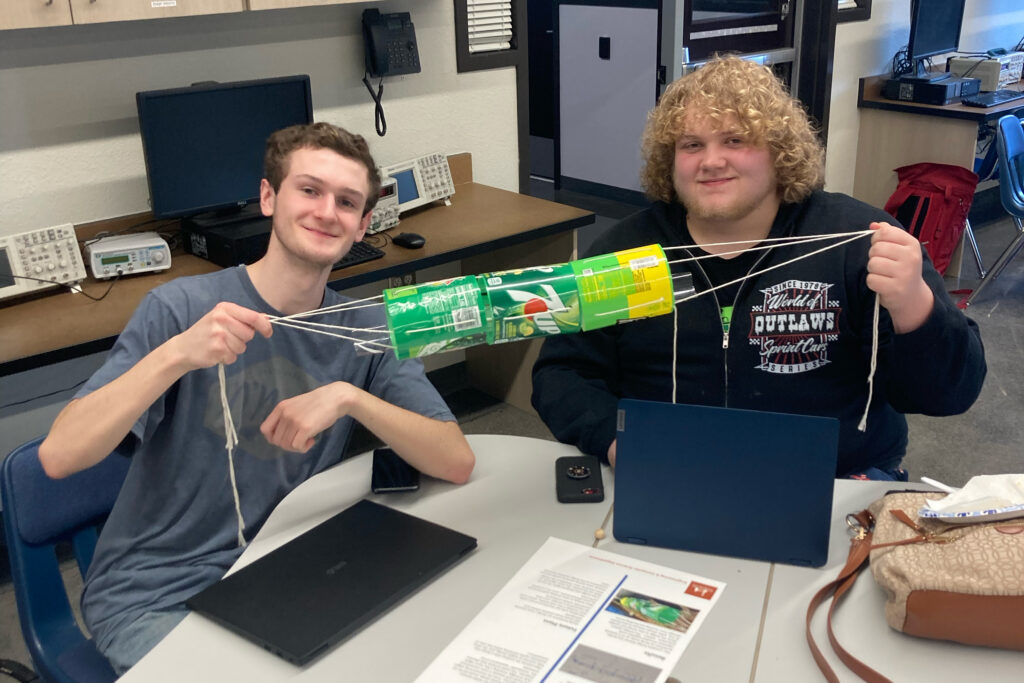
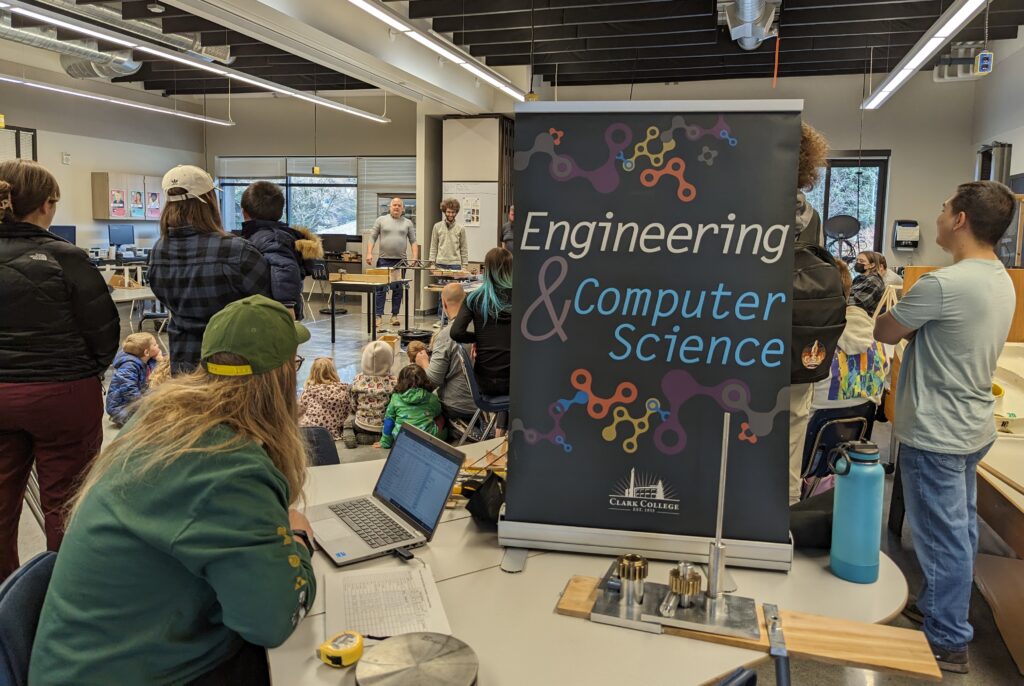
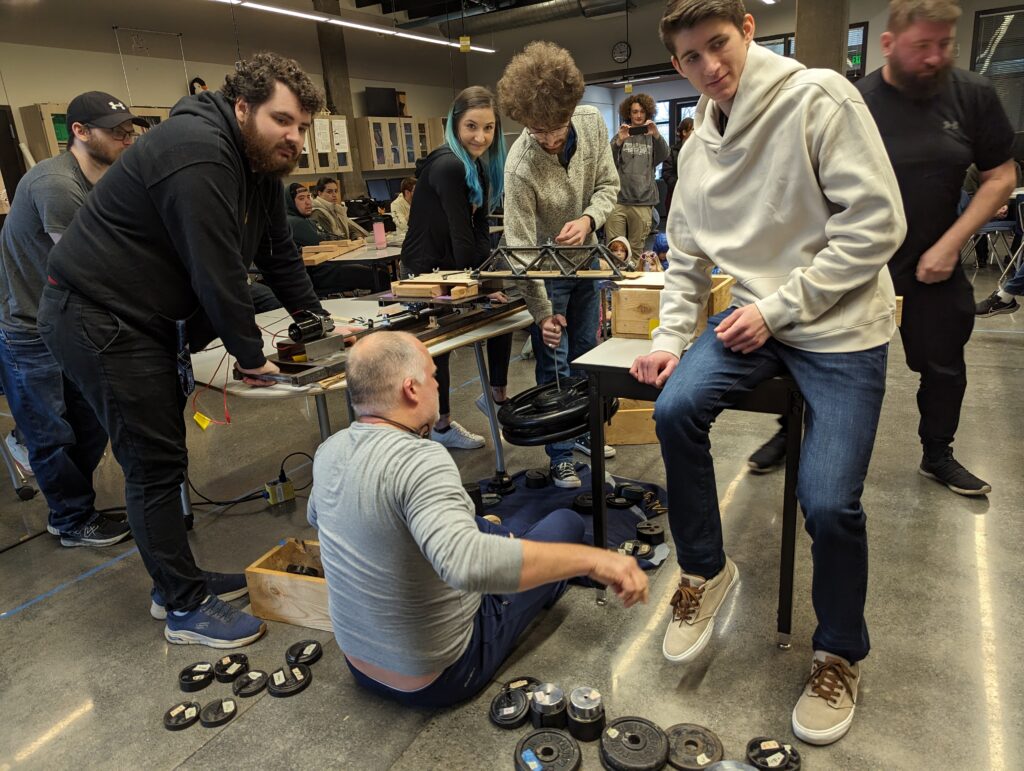
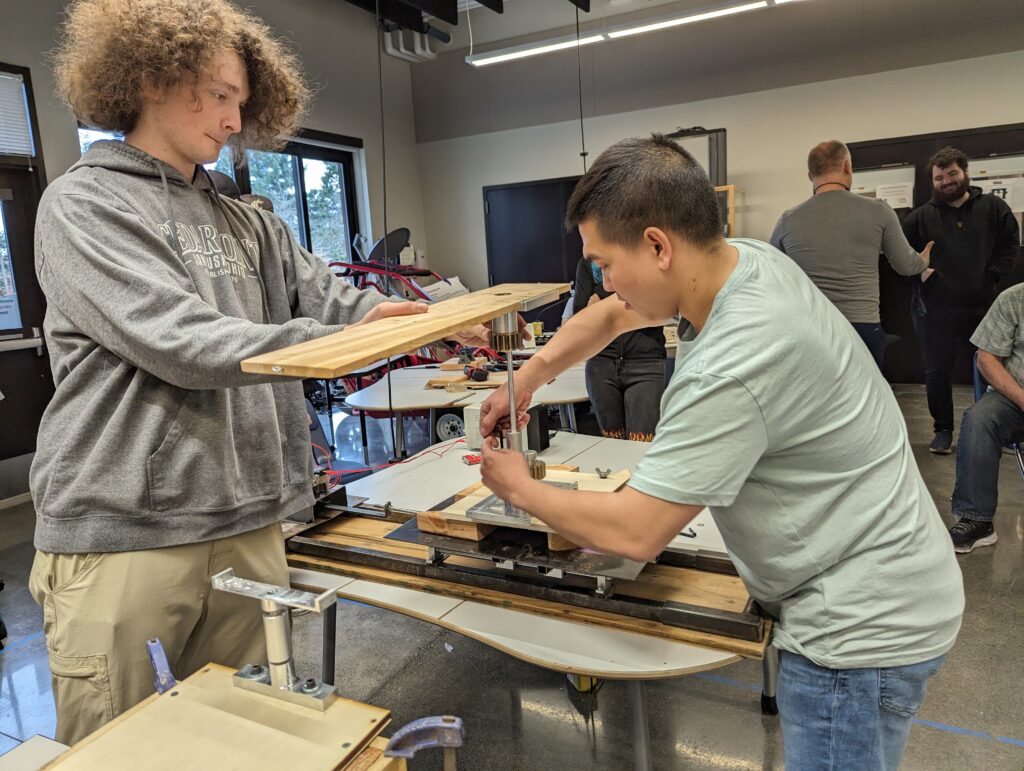
The Challenge
Every term, Engineering professors Tina Barsotti and Carol Hsu pose a real-world problem to their students and instruct them to design and build an object that solves the problem. Teams of students work together. At the end of each term, teams present their prototype to their peers, explaining their process and materials used. Finally, teams test their designs.
The winter term challenge: Build a bridge that can withstand a simulated earthquake on a shake table without any deformation. A toy car must be able to cross the bridge. Apply as much weight as possible to the center of the bridge within a two-minute time limit. Spend no more than $50 on project materials. The bragging rights goes to the bridge that withstands the earthquake and can support the greatest weight with the least amount of mass.
The Engineering
Some teams built a bridge using large craft sticks or smaller Popsicle sticks. Another team used plastic two-liter soda bottles. One team used a 3D printer to create their bridge pieces from carbon fiber, PET-CF and TPU 3D printing filament. One team used balsa wood. Another used aluminum. Many teams included duct tape in their bridge construction. Not one bridge looked exactly like another.
First one team, then another tested their designs. Most bridges held up to the shaking simulating an earthquake, but not all held up when weights were suspended underneath the bridge. Team Vectors won the competition and the bragging rights with their truss bridge constructed of Popsicle sticks and hot glue.
Professor Hsu said, “The main reason they won was because the bridge was lightweight.”
To make the event even better, the students celebrated Pi Day early—with free pizza and dessert pies for all.
“We had two groups of special guests watching the competition,” said Professor Hsu. “Children from Child and Family Studies sat criss cross applesauce on the floor with a good view of the competition. Students from HeLa High School (Henrietta Lacks Health and Bioscience High School) watched part of the competition as they tour the STEM building.”
Professor Barsotti explained why she and Professor Hsu assign their students to solve a similar engineering problem every term: “We believe in fostering hands-on learning experiences that challenge students to think critically, collaborate effectively, and innovate solutions to real-world problems.” She added, “Through projects like these, students not only gain practical skills but also develop the confidence to tackle complex engineering challenges head on, setting them up for success in their future careers.”












